Contents
- Introduction
- The Rise of Sustainable Fashion
- Pre orders for sustainability
- Benefits of pre-orders for both consumers and businesses
- Integrating & setting up Pre-orders with Shopify
- Listing Pre-orders on Shopify
- Marketing Your Made-to-Order Products
- Case Study: Frahm Jackets
- Overcoming Challenges in Pre-order and Made-to-Order Models
- Conclusion
-
Pre-orders for Sustainability FAQ
- How do pre-orders actually contribute to sustainability in fashion?
- Can implementing pre-orders on Shopify be beneficial for small or emerging fashion brands?
- What are the key challenges I might face when setting up pre-orders on Shopify, and how can I overcome them?
- Are there any specific marketing strategies that work best for promoting pre-order campaigns on Shopify?
- How can I ensure a positive customer experience with pre-orders, especially when there are delays?
Introduction
Before we get into pre-orders for sustainability, some quick stats: Did you know that the fashion industry is responsible for approximately 10% of the world’s carbon emissions? That’s a significant chunk, considering it includes everything from making clothes to shipping them and eventually getting rid of them. The quick and constant turnover of trendy items in the fast fashion world is a big part of the problem, leading to more waste and environmental harm. This is effecting buyer behaviour; According to a survey from McKinsey & Co., 66% of all respondents and 75% of millennial respondents say that they consider sustainability when they make a purchase.
The concept of sustainability in fashion and online retail revolves around adopting practices that prioritize environmental, social, and ethical considerations throughout the entire supply chain and product life cycle.
I am Eliza, a co-founder at PreProduct, which is a pre-order app for ecommerce brands where I work on many fashion and made-to-order pre-order campaigns.

Made-to-order production provides a more responsive and sustainable approach to fashion manufacturing, addressing issues related to overstocking, heavy discounting, and the disposal of excess stock into landfills. It aligns production with actual demand, reduces waste, and promotes a more environmentally and economically viable business model.
Pre-orders serve as a mechanism in e-commerce to effectively implement a made-to-order model. Pre-orders allow for demand forecasting, customization options, cash flow management, and production efficiency, as they allow you to take order interest upfront reducing the risk of over or under supply, along with reducing wastage.
Shopify is one of the leading e-commerce platforms that enables individuals and businesses to create and manage online stores. I will be focusing on it for the article, as it’s the go-to solution for online fashion brands today.
The Rise of Sustainable Fashion
Consumers
Sustainable fashion is about creating, making, and wearing clothes in a way that thinks about how it impacts the planet, people, and communities at every step of the process. The goal of sustainable fashion is to minimize the negative effects associated with the fashion industry, which traditionally has been resource-intensive, environmentally damaging, and sometimes associated with poor labor practices.
A survey of 10,281 global consumers showed that 78% of consumers feel that sustainability is important and that 55% of consumers are willing to pay more for eco-friendly brands
Consumer trends towards sustainability and ethical consumption have become increasingly prominent, reflecting a growing awareness and concern about the environmental and social impact of products. This shift in consumer behavior is noticeable at various levels, including individual purchasing decisions, industry practices, and global business strategies.
Consumers are more informed about environmental and social issues related to the products they buy. This awareness is being driven by social media, online platforms, and awareness campaigns by environmental and ethical organizations.

Industry
There is also a rising demand for transparency in supply chains. Consumers want to know where and how products are made, whether fair labor practices are followed, and the environmental impact of the production process. This has led to an increase in companies providing detailed information about their sourcing and manufacturing practices.
Whilst this has been going for quite a while already, it shows signs of growing to even more front-of-mind. This rundown on Gartner’s top trends for 2023 describes sustainability as one of the technologies that will drive disruption and opportunity over the next five to 10 years.
The popularity of brands with a strong commitment to sustainability and ethical practices has grown. Consumers are actively seeking out and supporting companies that prioritize these values, leading to the rise of eco-friendly and socially responsible brands.

Some examples of exciting sustainable focussed fashion brands include; Alohas (the Spanish footwear brand that works to an on-demand business model meaning they never over-produce and only make what is actually needed, Aligne (a womenswear brand that focused on using conscious materials and using ethical factories) & Riley Studio (Gender-neutral clothing made from waste materials and natural fibres. On a mission to change mindsets and make conscious consumerism the norm).
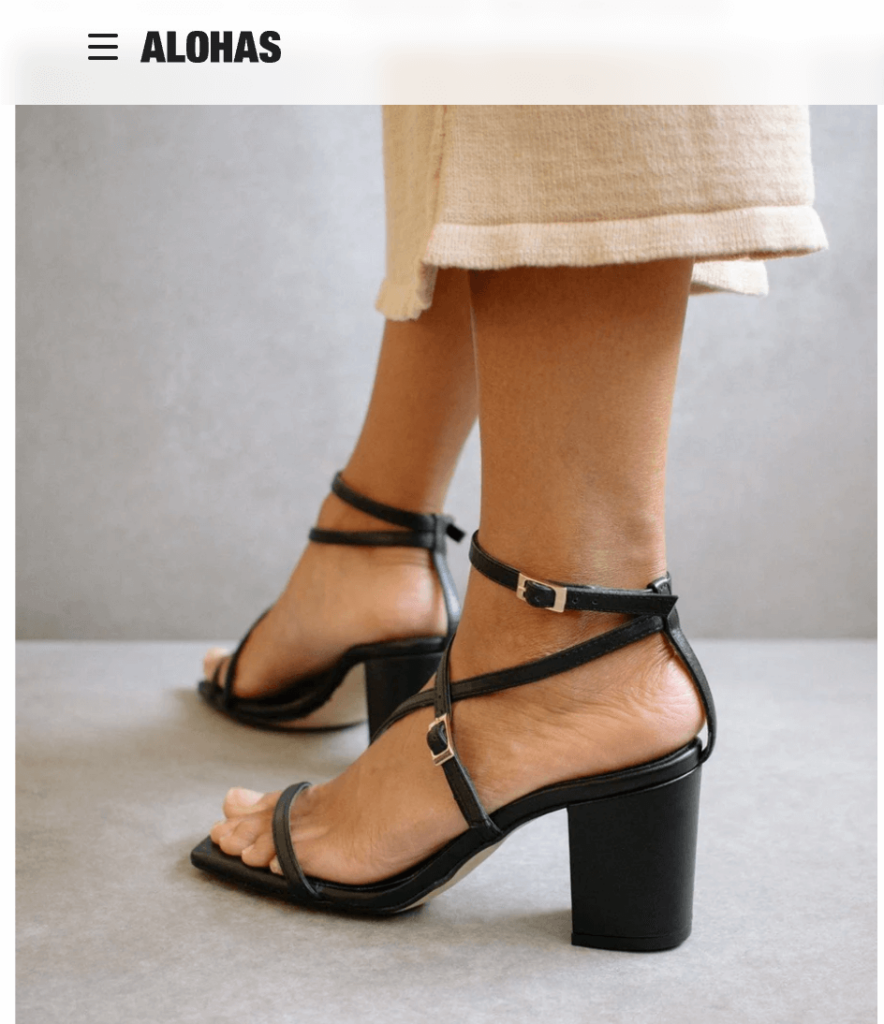
Pre orders for sustainability
Pre-orders work by allowing customers to reserve and purchase or commit to purchase a product before it is officially available.
Stages of pre-orders
- Customer clicks a pre-order button
- Customer chooses variant/quantity and is redirected to cart/checkout where they are charged or accept a future charge (depending on the pre-order type)
- Customer receives optional confirmation email.
- Time…
- If …
- Charging upfront, brand releases fulfilment. Customer receives an optional shipping email, and brand ships the pre-order item.
- Charging later, brand triggers deferred charge. Customer receives optional upcoming charge email, after a delay the customer’s card is charged.
- Campaign cycle
- If you’re a made-to-order brand, you might operate a perpetual pre-order campaign. Which is to say; constantly taking new pre-orders and fulfilling existing ones.
- For a more standard model fashion brand that plans to pre-sell ahead of time and have a limited quantity or order might be more of a one-off campaign. i.e. taking pre-orders for a set amount of time before stock arrives, then fulfilling all pre-orders together.
Whether you’re an independent merchant, boutique or larger fashion brand, made-to-order can dramatically reduce your excess stock. Meaning zero (or close to it) stock has to go to landfill.

Benefits of pre-orders for both consumers and businesses
Benefits to merchants
- This strategy for sustainability doesn’t impact how your products are designed, made or sourced; meaning it can be one of the easier ways to increase your brands sustainability.
- Leading on from the above point, sustainability via pre-orders is a lot cheaper than a product audit and overhaul. It can also be better for cashflow, due to receiving purchases upfront or when you’re ready to ship.
- A low risk tactic for reaching your sustainability targets. We recommend experimenting with a pre-order campaign for an upcoming product first. Once you’ve iterated on your pre-order setup and standard-operating-procedure, you can then roll pre-orders out on a larger scale.
Benefits to consumers
- Customers can buy from one of their favourite brands (you!), whilst feeling good about their purchasing decision.
- By purchasing from a business who is using pre-orders to be more sustainable there will be a reduction on the environmental impact associated with unnecessary production, as well as a lower carbon footprint.
- Modern pre-order technology like PreProduct allows for more flexible types of pre-orders, for example charge-later pre-orders, where the customers card is ‘vaulted’, meaning they’re only charged when you’re ready to ship.
- Being able to participate on a less abrupt buying journey. Emailing pre-order customers to keep them in the loop and communicate how their purchase is coming along is a great way to build brand affinity. You can see this dynamic with Kickstarter campaigns; backers love following along with the journey.
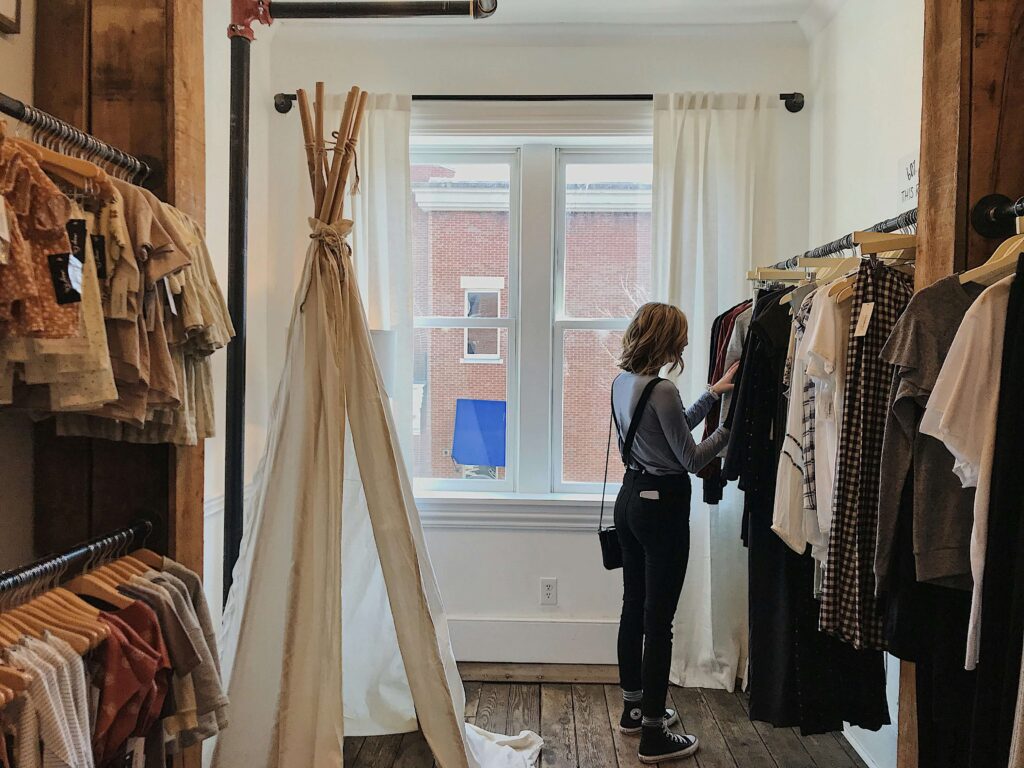
Integrating & setting up Pre-orders with Shopify
Step-by-step guide on setting up a pre-orders on Shopify
- To get started and set up pre-orders on Shopify, visit the Shopify App Store and search for “pre-order”, then select the app you wish to install (surprisingly, we recommend PreProduct).
- Once you have located the app, click on it to access the app listing page, and then select the “Add app” option.
- To grant the app access to your Shopify admin account, click “Install app” and authorize its use.
- Integrating the App with Your Storefront: We have an in-depth guide on the installing a pre-order app here and would absolutely recommend reaching out to customer support if you’re at all uncomfortable with HTML/Liquid coding.
- If you have a Shopify “store 1.0” theme, then you’ll need to add a snippet to your online store’s product page theme file. For themes from 2022 onwards, the introduction of Shopify 2.0 themes means that app blocks can now seamlessly integrate into the Shopify admin’s drag-and-drop theme customizer.
Listing Pre-orders on Shopify
Once you’ve completed the above steps to integrate the app with your Shopify storefront, you can now start listing products for pre-orders. Begin by listing a product in your selected pre-order app. Most if not all pre-order apps sit on top of your existing Shopify product listings. Once listed in the app, the pre-order product page’s cart button text should be replaced with a pre-order version, accompanied by any other front-end additional information, i.e. special pre-order messaging.
You will need to decide which type of pre-order to use (as explained below), along with the shipping time frame and whether to offer any discount. The general pre-order types are:
- Charge upfront pre-order – 100% charged upfront (Most apps will offer this).
- Charge Later pre-orders – 100% charged later when you trigger the charge.
- Deposit-based pre-orders – A percentage paid upfront, with the outstanding charged later.
- Capture-only pre-orders – A payment link is sent once you’re ready to send customers through your payment gateway.
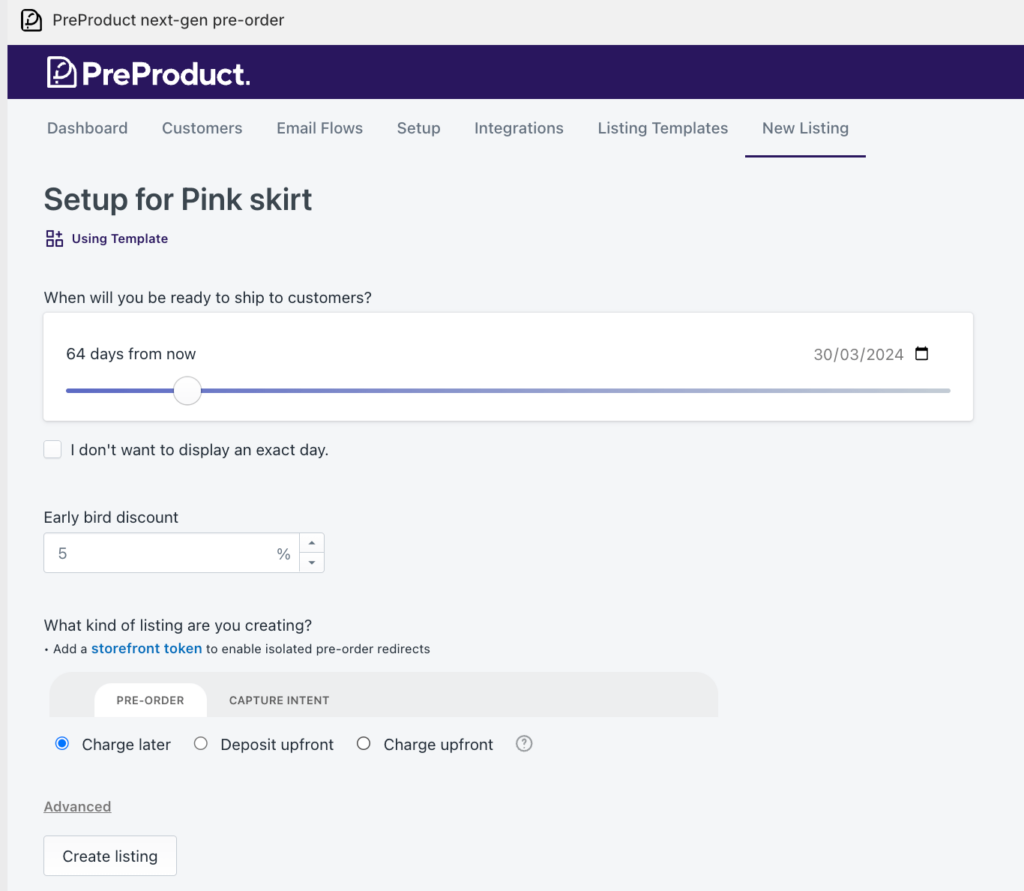
Besides the terms of payment for your pre-order listing, there are many other other useful features available that are worth considering before you choose an app to go forwards with.
- Listing specific variants
- Setting max pre-order limits for variants
- Early bird discounts that are exclusive to pre-orders
- Custom text in and around the pre-order button
- Email campaigns to keep customers in the loop with their pre-order
- Isolating pre-order items from buy-nows in orders
- Fulfilment holds so items aren’t prematurely pushed to your shipping/ERP platform
- Automatic listing of out of stock products for pre-order
- Automatic charging of pre-orders as stock comes in
- And many more!
Marketing Your Made-to-Order Products

When marketing made-to-order products, ensure you highlight the unique aspects of customization, personalization, and the tailored experience. Below are some of the strategies to consider including;
- Emphasize Customization: Highlight the ability for customers to customize their products according to their preferences. Showcase the range of options available, whether it’s color choices, materials, sizes, or features.
- Tell a Unique Story: Craft a compelling narrative around the made-to-order process. Explain the craftsmanship, attention to detail, and the personalized journey each customer undergoes when ordering a product.
- Educate on the Process: Provide transparent information about how the made-to-order process works. Explain the steps involved, the craftsmanship behind it, and the benefits of choosing a personalized item over mass-produced alternatives.
- Limited Edition Releases: Create a sense of exclusivity by framing made-to-order products as limited edition releases. This can evoke a feeling of uniqueness and urgency, encouraging customers to place orders promptly.
- Social Media Engagement: Leverage social media platforms to showcase the customization process, share behind-the-scenes glimpses of craftsmanship, and engage with your audience through polls, Q&A sessions, or live videos.
- Adopt a more boutique look and feel: Reflecting an environmentally conscious, “human” business through storytelling and additions like optional staff tips at checkout can all be ways to create a more compelling offering.
- Utilize Email Marketing: Build an email marketing campaign to nurture leads and inform customers about the benefits of made-to-order products. Include visuals, success stories, and exclusive offers to encourage conversions.
Pre-order and made-to-order product launches can unlock a whole new set of strategies for marketing:
- Launching your product more than once. Once when you open pre-sales, then once when it’s in stock.
- Having multiple sales pushes for your made-to-order products as sales/stock goes up and down. There are many artists that are really effective with this approach, for example Kimmy Hogan an Australian print and ceramic designer will often post multiple times a week as new editions become available or are pre-released.
Case Study: Frahm Jackets
- Frahm is a UK men’s jacket company, that focuses on high quality and timeless style.
- Frahm uses a pre-order process, to ensure they are not left with excess stock, as over buying impacts the quality they can product. Each jacket design is only made once a year, every year, so if you place a pre-order with them before they have placed their order with the factory then you are guaranteed your choice of size and colour.
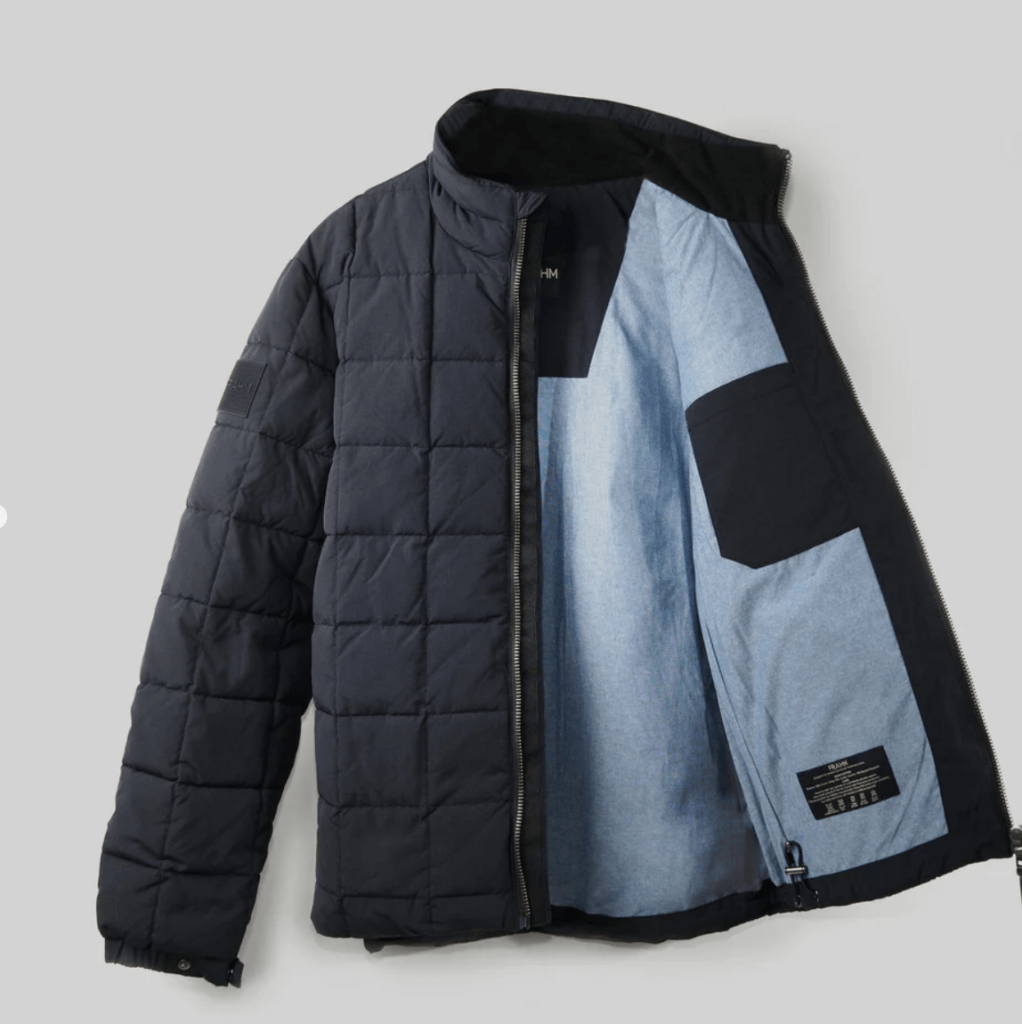
Overcoming Challenges in Pre-order and Made-to-Order Models
Potential challenges you may experiences when using pre-order and made-to-order models include;
- Production timing issues – if you experience any production delays or inventory management issues, ensure you keep customers up to date. This can be done by email, as well utilising the customer portal both should be available in the pre-order app you choose to use. Clear communication about expected delivery dates is crucial to managing customer expectations, as is setting realistic delivery timelines to avoid over-promising and under-delivering.
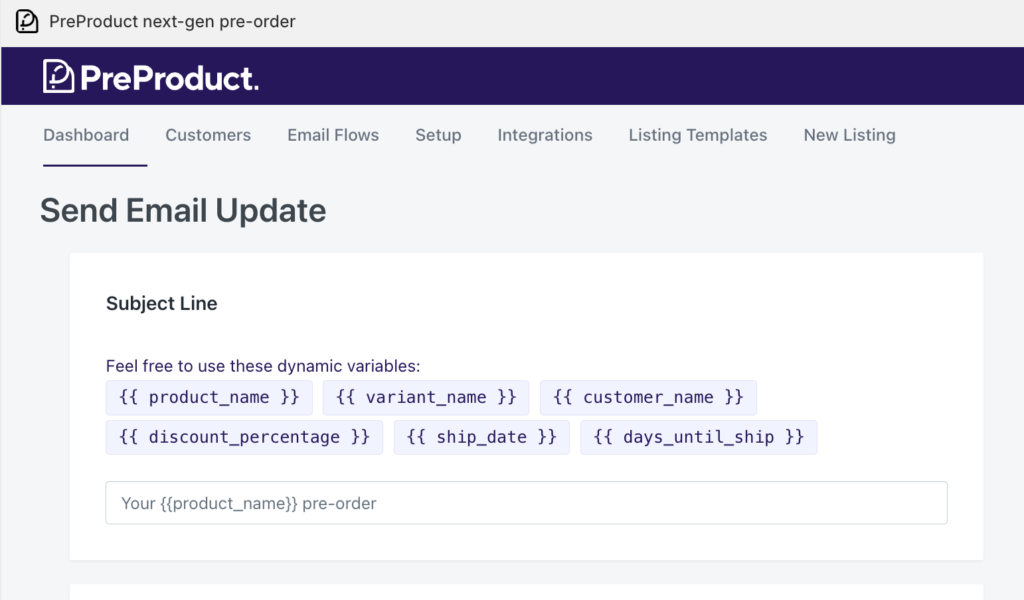
- Quality control – is crucial as products are often produced based on individual customer specifications. Consistency is key. Similar to product timing issues, ensure customers are kept informed of any changes.
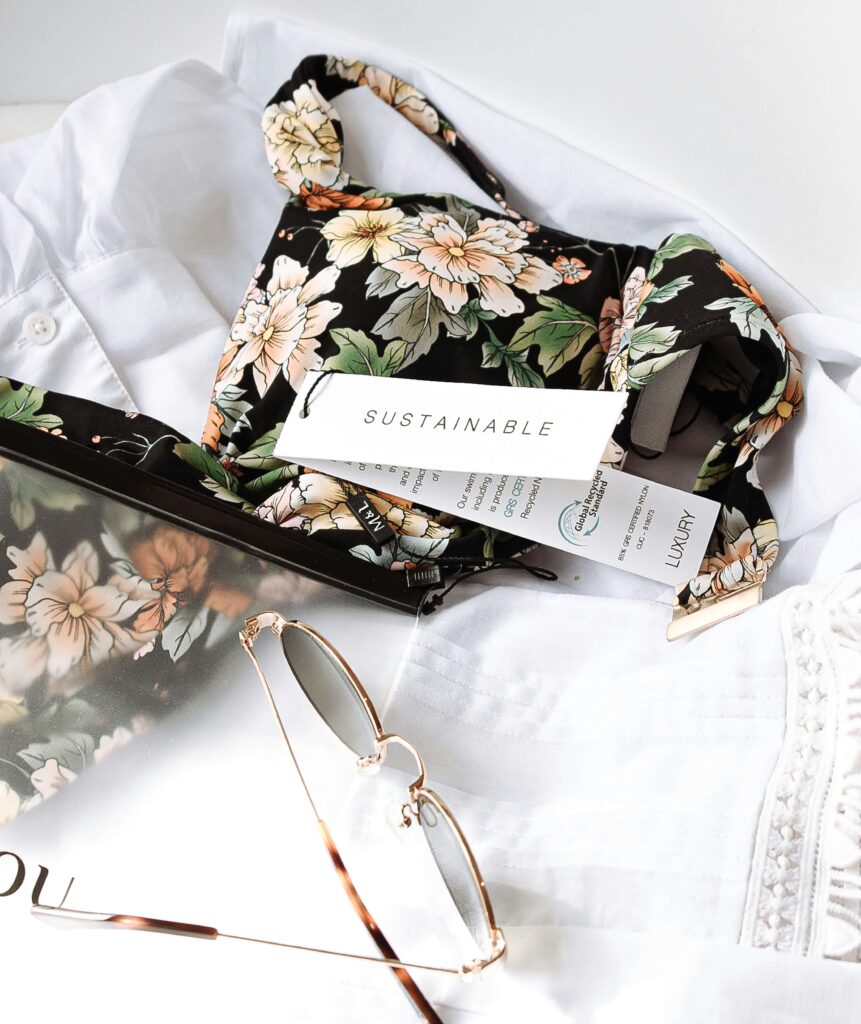
- Cancellation and returns – customers might cancel orders, leading to revenue fluctuations and potential inventory management challenges. Ensure you have a refund/cancellation policy that you are happy with and works for your business.
- Cash Flow Management – the production process often requires upfront costs, therefore managing cash flow becomes crucial as expenses may need to be covered before revenue is generated. Therefore is very important to choose the type of pre-order that will work for your business.
If it is your first time using pre-orders, and you feel apprehensive about the process, and have any doubts on production timings/fulfilment, we would recommend starting with charge-later pre-orders to begin with so that you’re not charging any money upfront; generally customers will be much more tolerant of delays when they haven’t paid anything yet.
Conclusion
This article has highlighted that there are many benefits of using pre-orders for sustainability, including;
Reduced Overproduction:
- Pre-orders allow you to gauge customer demand accurately. By producing items based on confirmed orders, the risk of overproduction is significantly reduced. This helps in minimizing excess inventory, which can be wasteful and environmentally harmful.
Resource Efficiency:
- With pre-orders, resources such as raw materials and energy are used more efficiently. Manufacturers can plan production based on actual demand, optimizing the use of resources and reducing the environmental impact associated with unnecessary production, this will also contribute to a lower carbon footprint.
Extended Product Lifecycles:
- Pre-orders can contribute to the creation of products that are more timeless and have longer lifecycles. Instead of following fast fashion or other trends that lead to rapid product turnover, pre-orders can encourage the production of durable and lasting goods, reducing overall waste.
Financial Stability for Sustainable Investments:
- The cash flow generated through pre-orders can provide financial stability for your business, allowing you to make long-term investments in sustainable practices.
We strongly encourage businesses to look into and adopting these practices for a more sustainable future in retail. If you find pre-orders intimidating, we recommend merchants start with a single product as an experiment and use a ‘charge-later’ strategy so that you’re not charging customers until you’re comfortable.
Pre-orders for Sustainability FAQ
Pre-orders help in reducing overproduction, which is a major issue in the fashion industry. By producing only what is pre-ordered, brands can minimize waste and reduce their environmental footprint. This approach ensures resources are used more efficiently, leading to a more sustainable production process.
How do pre-orders actually contribute to sustainability in fashion?
Absolutely! Shopify’s platform is user-friendly and scalable, making it ideal for brands of all sizes. Pre-orders can help small or emerging brands manage inventory more effectively, reduce upfront costs, and build a customer base interested in sustainable fashion.
Can implementing pre-orders on Shopify be beneficial for small or emerging fashion brands?
Common challenges include managing production timelines, setting realistic delivery dates, and maintaining customer communication. To overcome these, plan your production schedule carefully, set clear and transparent communication channels with your customers, and use Shopify’s tools to keep track of orders and inventory efficiently.
What are the key challenges I might face when setting up pre-orders on Shopify, and how can I overcome them?
Leveraging social media, creating email marketing campaigns, and engaging in storytelling about your brand’s commitment to sustainability are effective strategies. Also, consider offering exclusive perks for pre-order customers, like early access to new products or special discounts.
Are there any specific marketing strategies that work best for promoting pre-order campaigns on Shopify?
Transparency is key. Keep your customers informed about the status of their orders. If delays occur, communicate them promptly and offer options like order modifications or cancellations if needed. Building trust through clear communication can turn a potential negative experience into a positive one.
